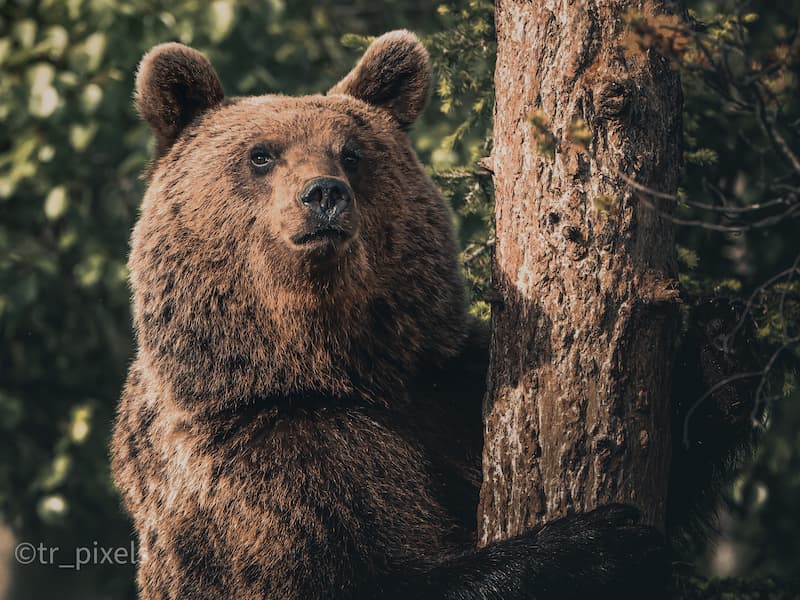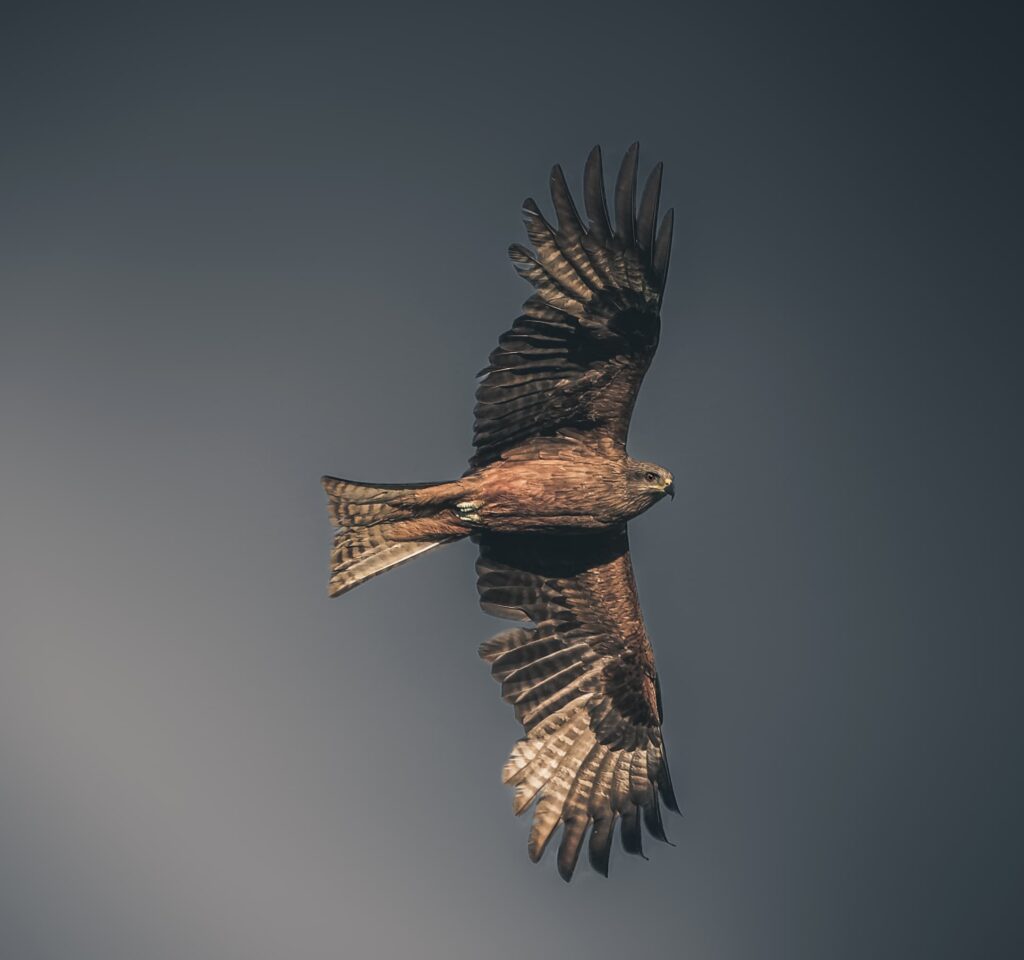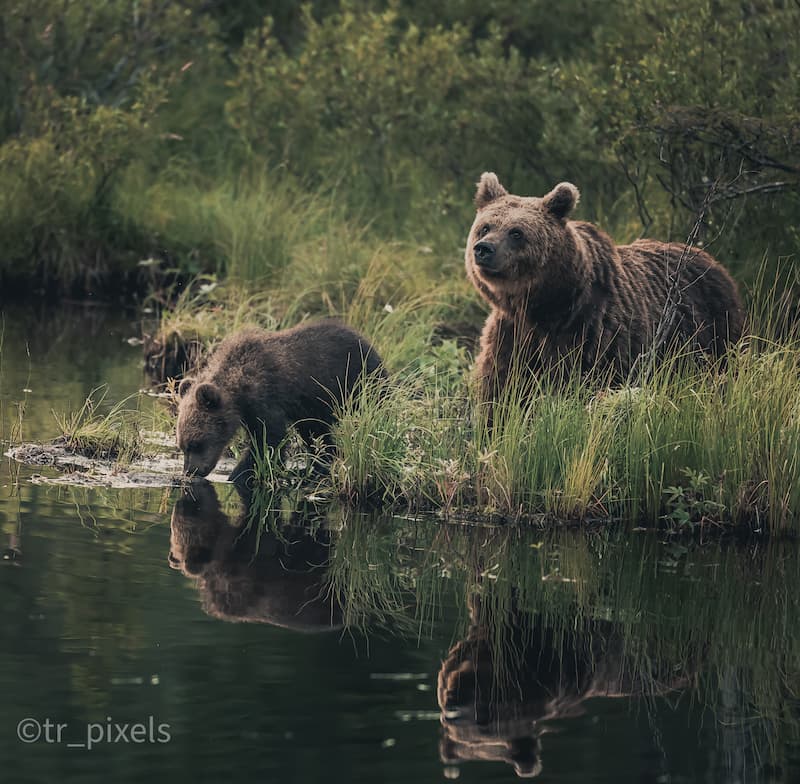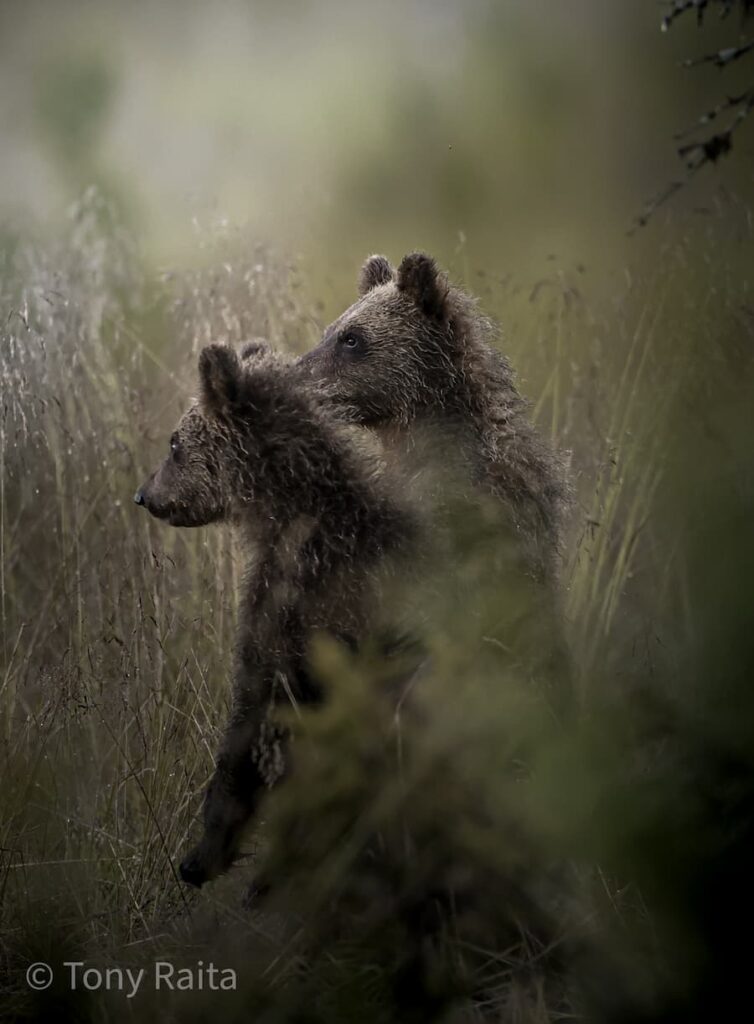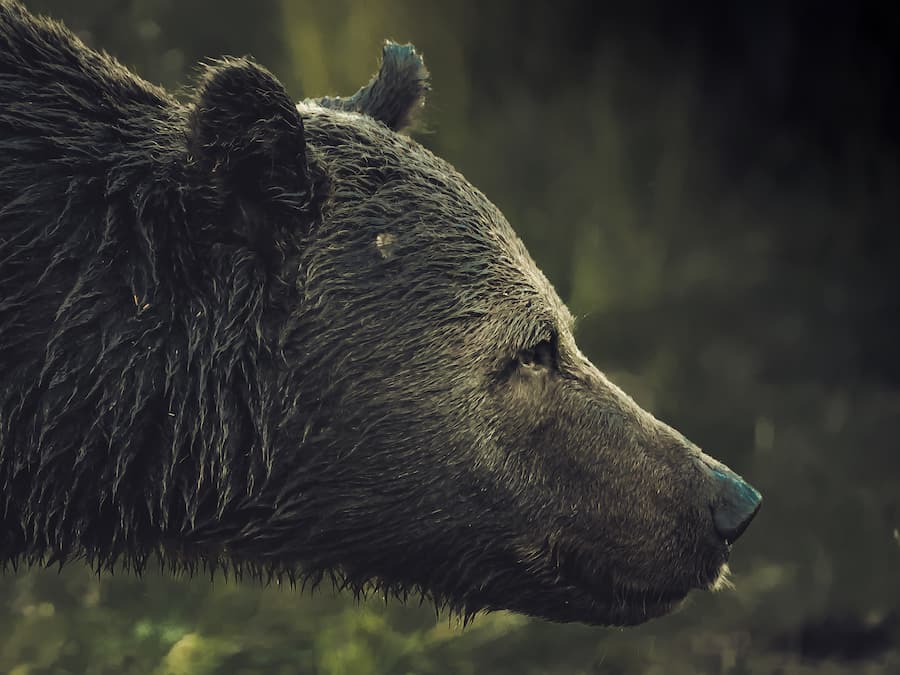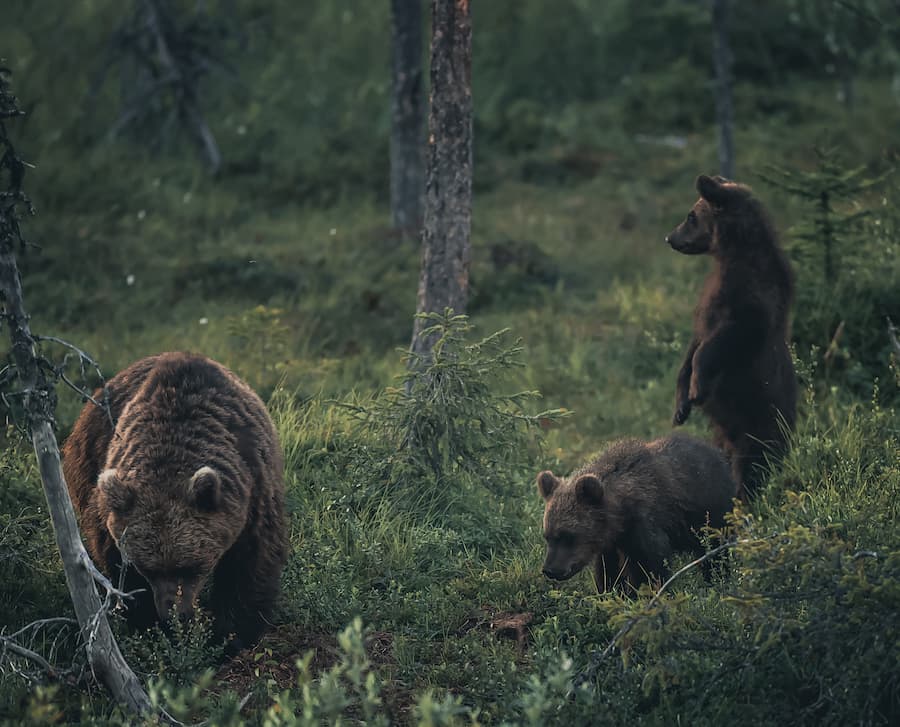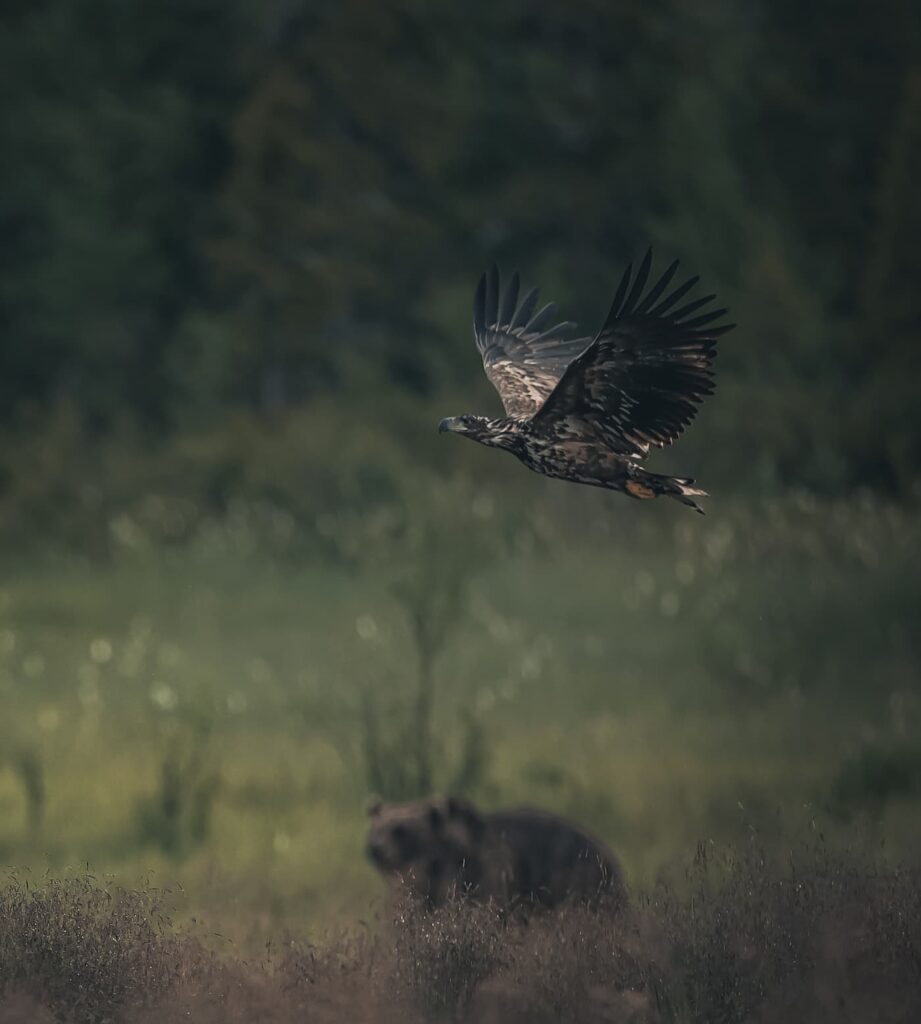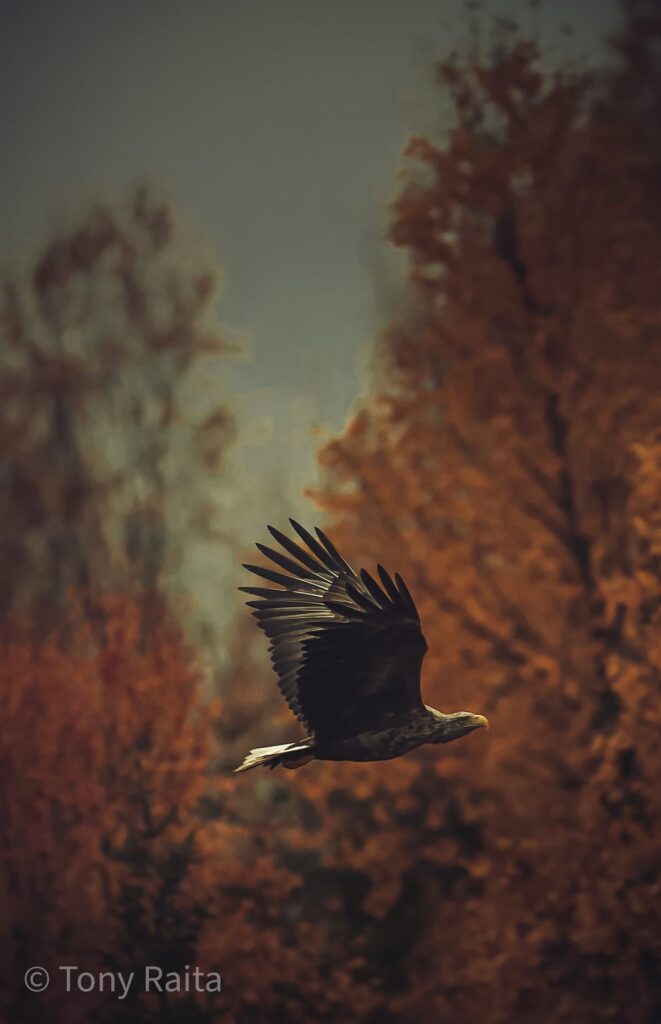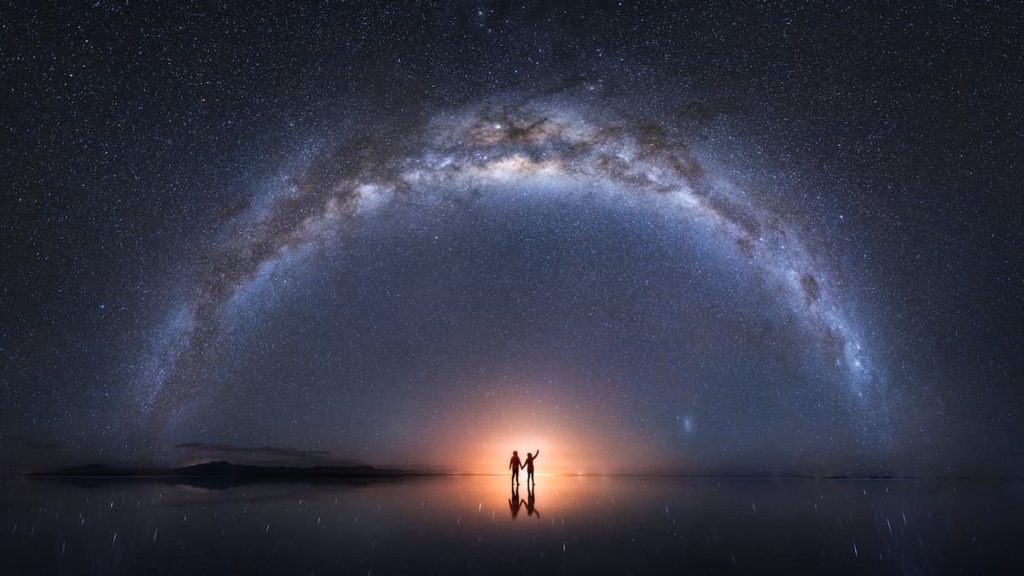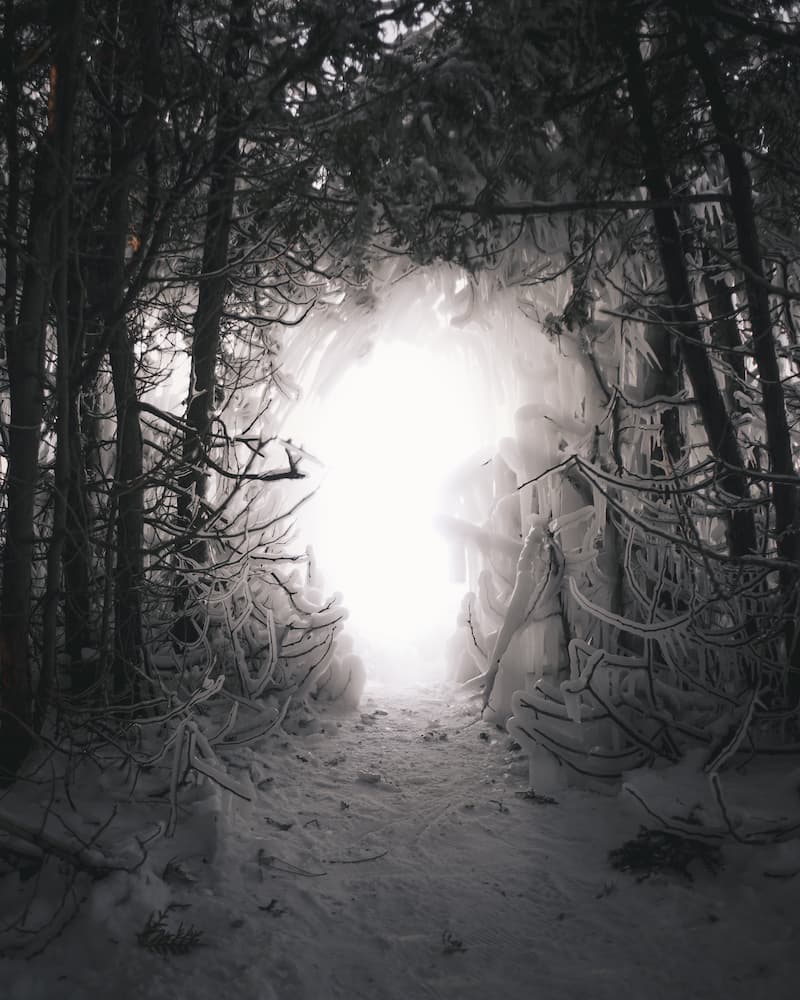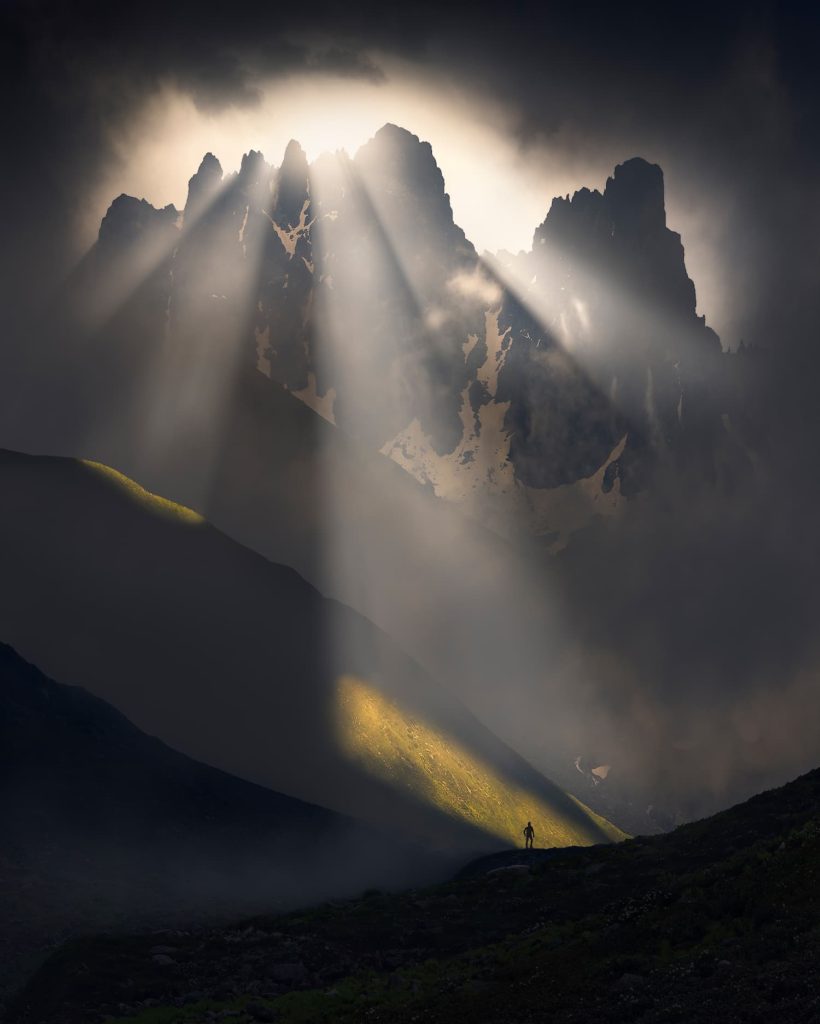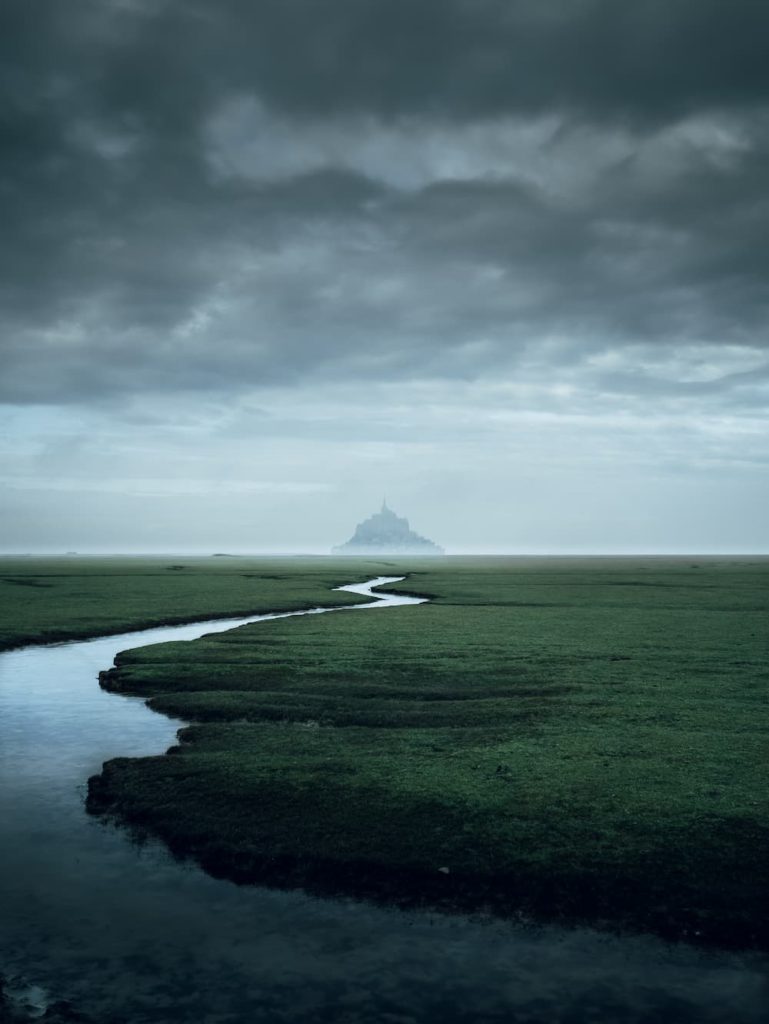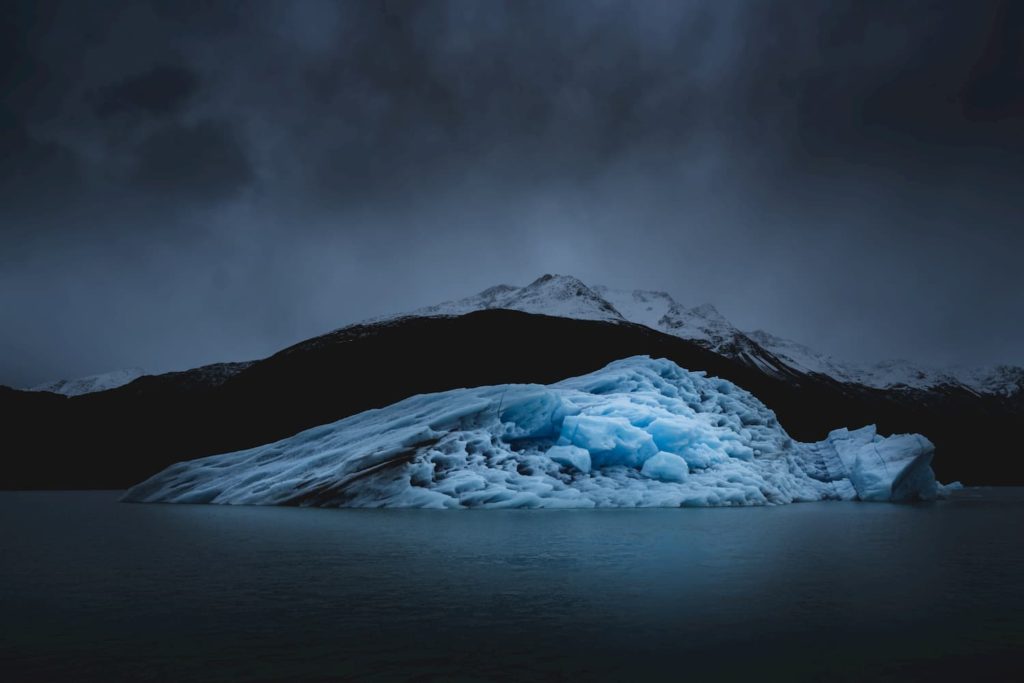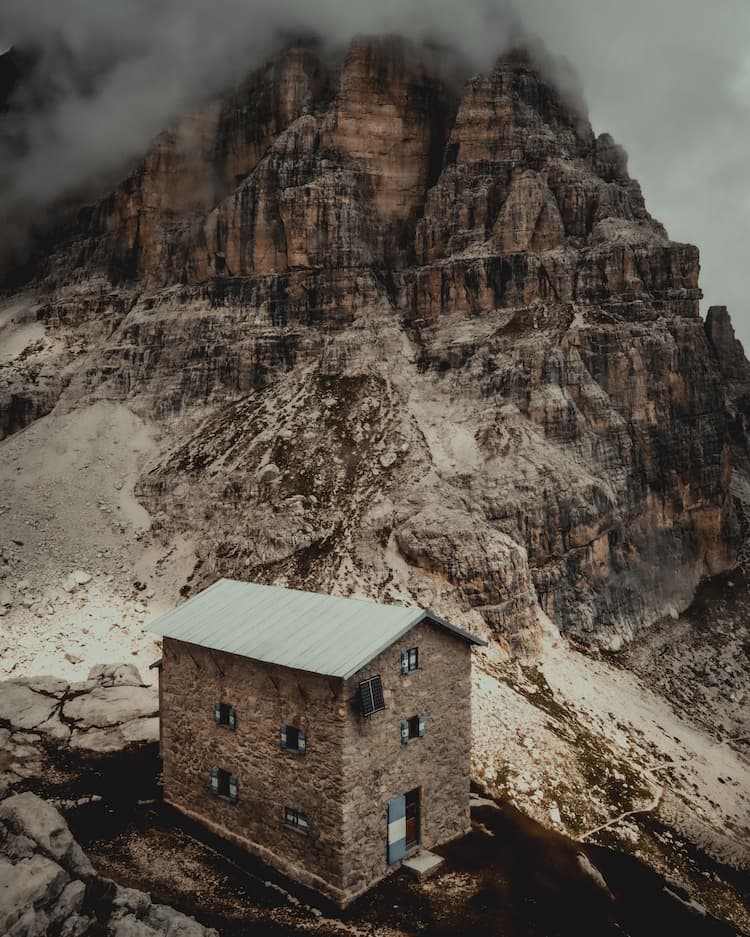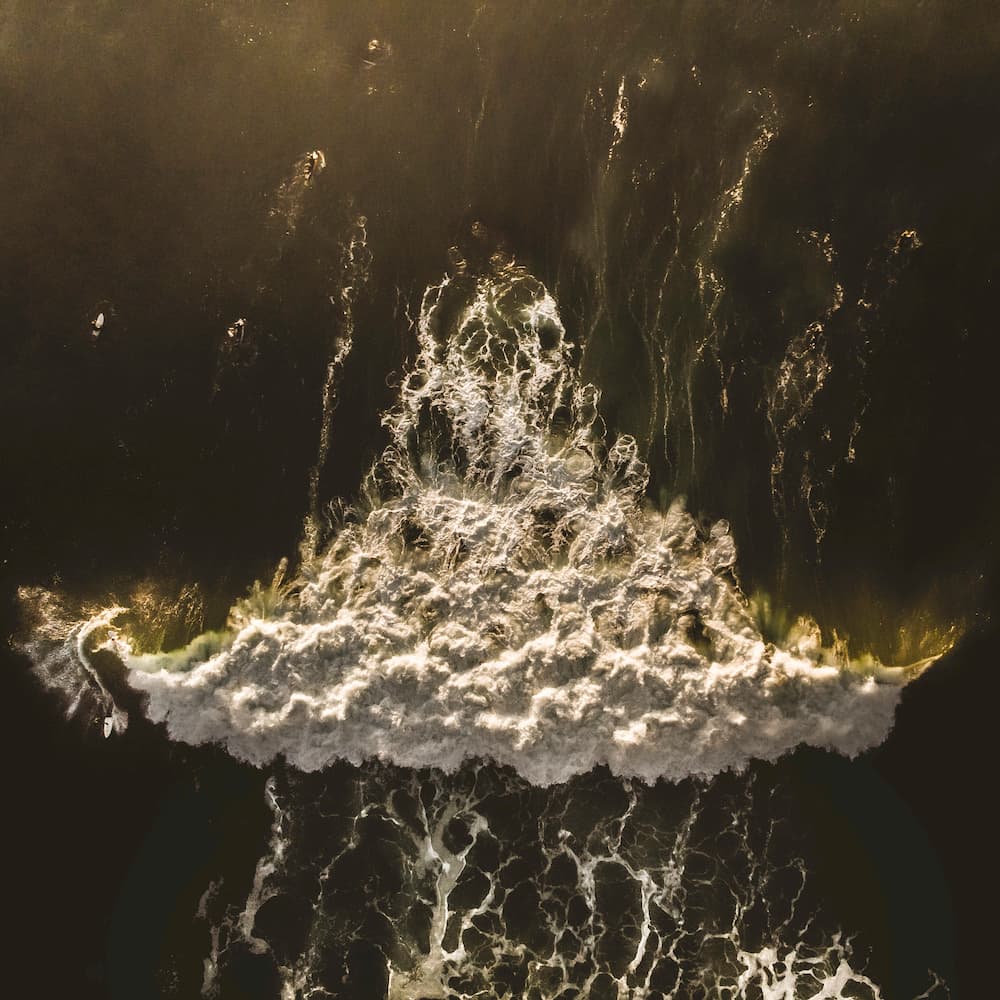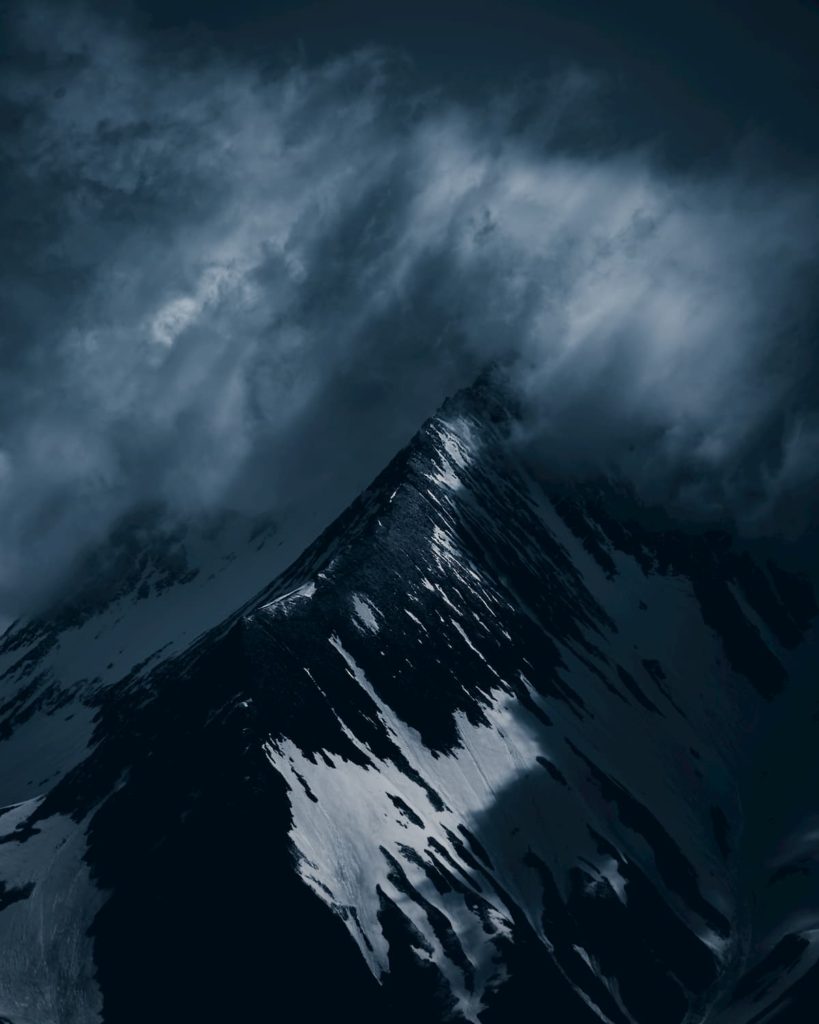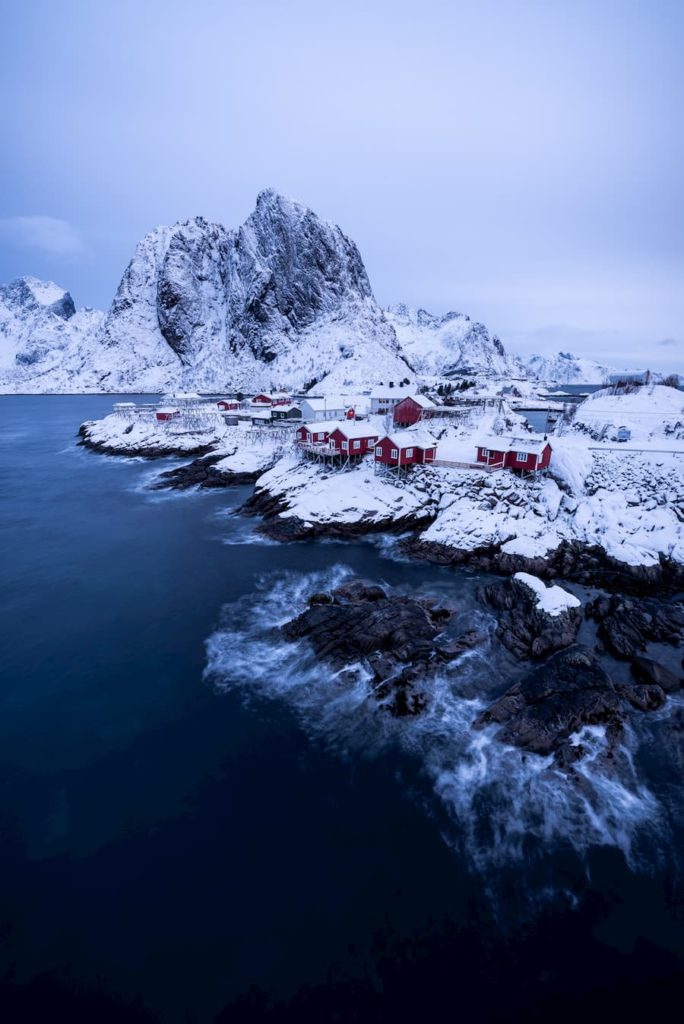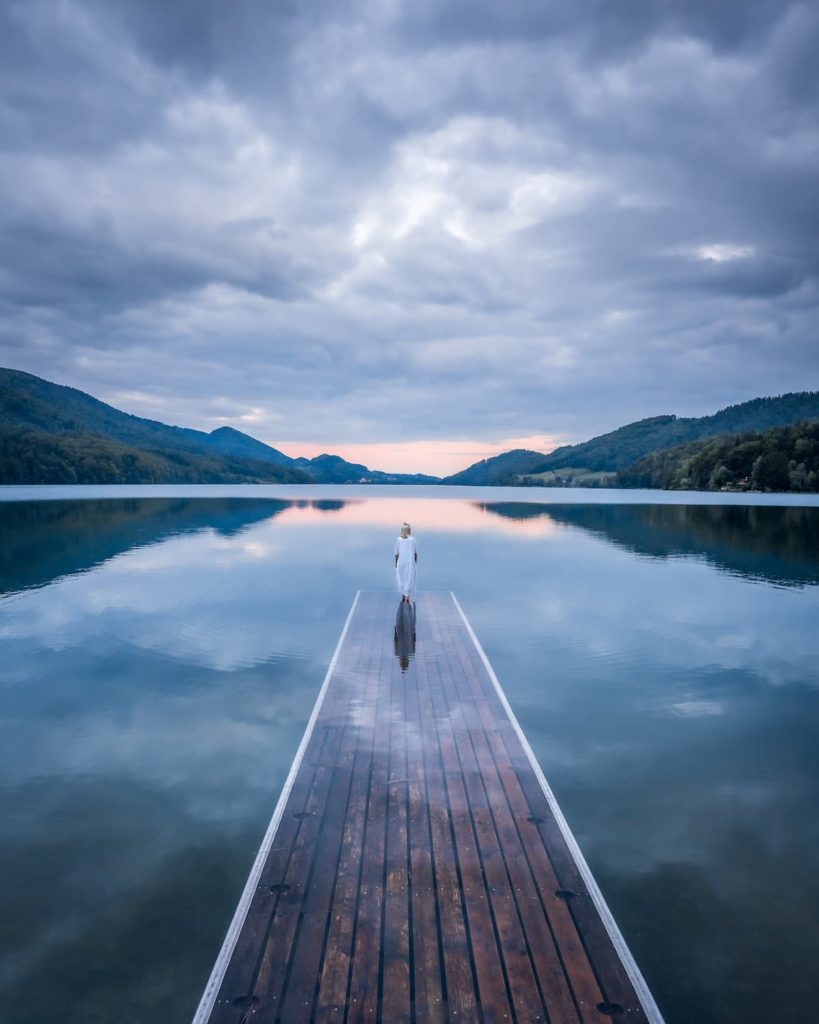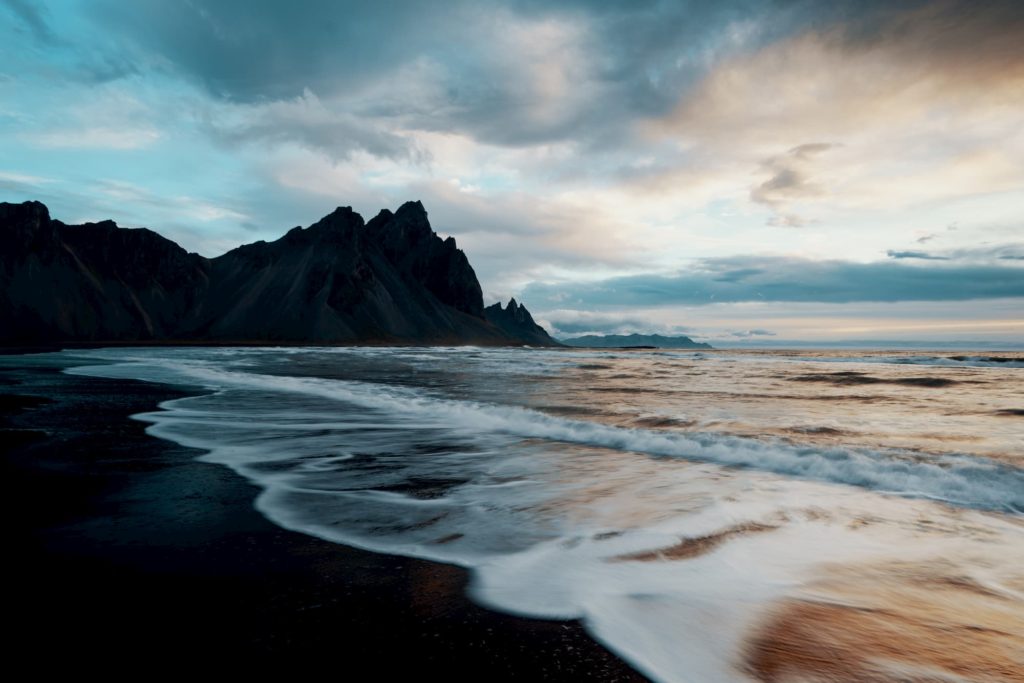
Tony Raita
@tr_pixels
Photographer based in Finland
I’ve been working for years as a tattoo artist and professional motorcycle rider. Photography began to interest me later on, as I started to spend more time in nature, hiking and exploring. Seeing so many beautiful places and stunning wildlife, I wanted to immortalize those moments. I’ve always had an interest in wildlife in particular, and I wanted to exercise a new art form that would bring me closer to it.
"I started taking photographs in the summer of 2021. I had no previous experience or training when it comes to photography, but through practice, I became better."
Also, as a tattoo artist, I specialize in photorealistic, black-and-grey tattoos. I especially love doing animal pieces, dogs, wild animals, and so on. Both art forms benefit from many of the same artistic skills, but I’d say composition skills were the most useful when first taking up photography. Wildlife photography and all other forms of art, generally take a lot of practice and effort. The fulfillment comes from seeing all your hard work and labor come true in the result. You can make ideas into something concrete through your efforts.
"I grew up in Finland, where most of the country consists of nature."
Northern Finland is sparsely inhabited. Of course, deforestation and development affect wildlife like anywhere else, but Finland is still rich in wildlife despite all of that. I really hope we can keep a balance between nature and human needs and urban development. The most common animal you can encounter in southern Finland, where I live, is deer but it varies based on location. Bears are animals you see less, so when you see them, it’s incredibly impressive.
When I saw a large male bear up close for the first time in nature, outside of any staged or planned situation, I was amazed. This is still one of my favorite moments and encounters with animals. Standing within under ten meters of the bear, and being able to look it in the eyes, was an outstanding experience. It gave me a whole new perspective and appreciation for bears and wildlife in general. A photo I took of the bear cubs I had the opportunity to observe for the entire summer while they were growing up is my favorite so far. Hopefully, I will have the chance to observe these cubs as they continue to grow.
You might have to make multiple trips to locations and spend dozens of hours with nothing to show for it before being successful. Of course, good gear makes a difference. You can get good photos with basic gear, but better gear helps you take advantage of more opportunities.
When editing photos, I don’t strictly go for raw authenticity but rather, I want to achieve a certain mood or emphasize a certain aspect of the photo. Surly enough, I can’t help but see the photo through a tattoo artist’s eyes. I focus on different temperatures and shades to get the desired result.
After all, how we think, what we like, how we feel, are intertwined with each other and visible in what we do and create. It is the combination of skills, knowledge, experience, and personality that create the final result, what audience we reach and what we contribute to as artists in this world. I am looking forward to see how my work will evolve over the years as well as that of other artists I am inspired by!
Would you like content like this sent to your inbox?
NOMADICT
ART GALLERY
THE LATEST STORIES
WRITEN WITH PASSION TO INSPIRE YOU

Miroslav Maršík (@miromarsik): Photographer based in Czech Republic
In this article, Miro shares how his love for cinematic music evolved into a deep passion for photography and how he uses light, color, and atmosphere to turn the streets of Prague into living film scenes.

Aurora photography panorama workflow: A guide to camera settings, editing, and color
In this article, Stefanie reveals how her background in physics sparked her passion for astrophotography and how she blends science with creativity to capture the beauty of the night sky. Readers will discover her approach to color, contrast, and editing, as well as her aurora photography workflow.

Yhabril (@yhabril): Best of the Week 33 at #nomadict
Spanish photographer Yhabril captures the profound connection between humans and the mountains that shaped him. Growing up in the Pyrenees, his work bridges outdoor sports, landscapes, and celestial scenes — often blending athletes, moonlight, and wilderness into striking visual stories.

Ariane Totzke (@besondersschwierig): Photographer based in Switzerland
In this article, Ariane shares how photography helped her navigate personal challenges, connect authentically with people and animals, and develop a philosophy rooted in empathy and artistic freedom. Readers will also discover her ethical approach to wildlife photography and her trusted equipment for both camouflage techniques and cameras.

How to photograph Dutch tulip fields: A guide to light, gear, composition, and colors
Discover how to photograph Dutch tulip fields in their most magical light. From choosing the right gear and lenses to mastering composition, color, and aerial perspectives, this guide shares creative techniques to capture the beauty of the Netherlands’ tulips. Learn how light, color grading, and proportion bring emotion into every frame.
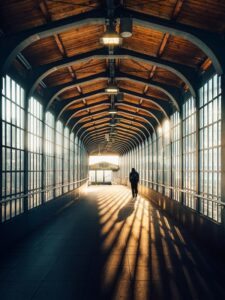
Cinematic city photography: An essential 6-step workflow
In this article, you’ll learn how to read and use light in your home city, choose the right technical settings for low-light scenes, and refine your editing workflow to shape color and atmosphere step by step. In addition, Dominik shares how to find fresh perspectives on familiar locations, five lessons that transformed his photography, and insights on the future of street photography.

Kyle van Bavel (@kylevanbavel): Photographer based in the Netherlands
Kyle van Bavel is a macro photographer with a distinctive, dreamy style that transforms the unseen details of nature into magical worlds. In this article, he shares how his unique vision, shaped by a journey of self-learning and overcoming dyslexia, has become his greatest creative strength.

Inês Preto (@minespreto): Best of the week 20 at #nomadict 2025
Inês is a nature photographer drawn to wild, remote places where weather, wildlife, and mood shape her storytelling. In this article, she shares the behind-the-scenes journey of capturing the Best of the Week image: a puffin trio on the Faroe Islands. She explains how she approached the edit of this image, and shares key lessons she’s learned through experience.
